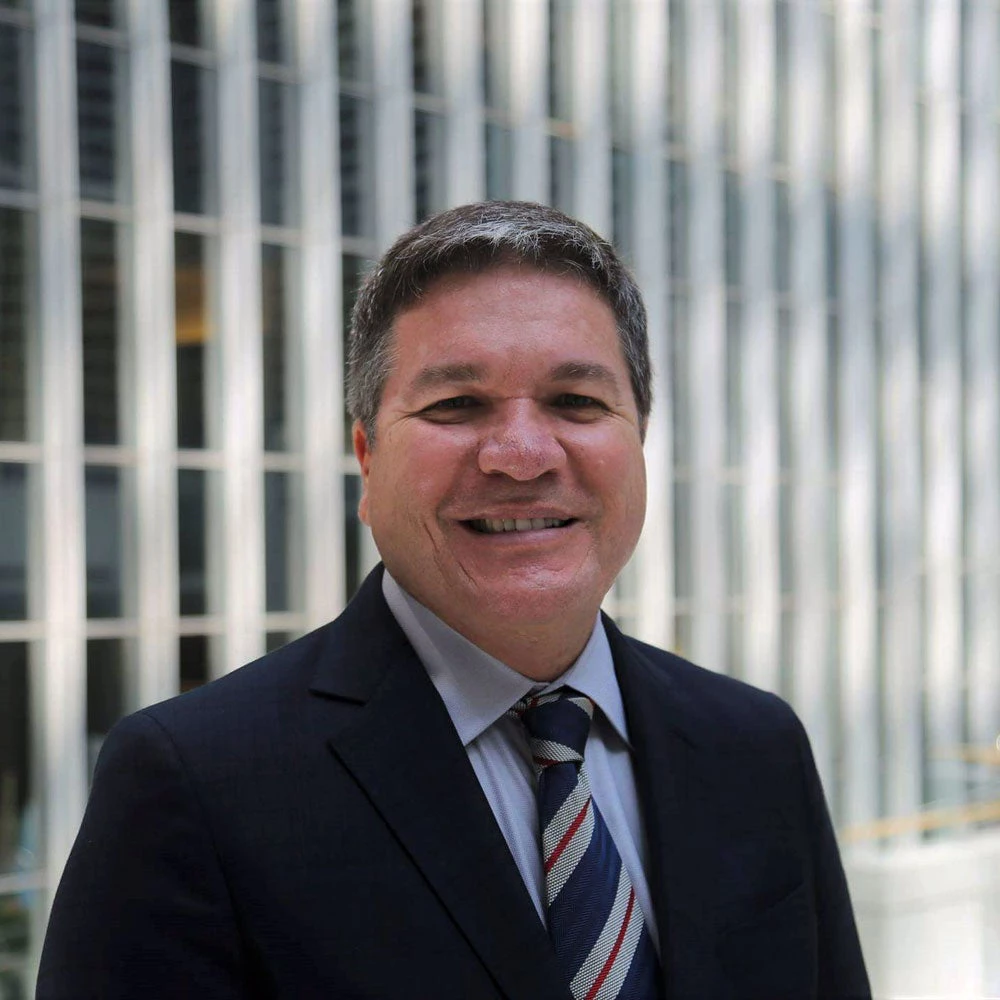
By 2035, Cameroon aspires to join the ranks of industrialized, upper-middle-income nations with low poverty rates, strong economic growth, and a functioning democracy. To realize that goal, the government’s strategy (Document de Stratégie pour la Croissance et l’Emploi, DSCE) envisions annual GDP growth rates of 5.5 percent and the creation tens of thousands of formal jobs each year. With a relatively more diversified economy than its more oil-dependent peers in the CEMAC region, the country seemed well-poised to achieve its objectives until at least halfway through the decade. However, Cameroon has been facing a combination of external headwinds and internal constraints that present challenges to its development aspirations, poverty remains high at 37.5 percent (in 2014).
Cameroon’s economic situation has suffered a setback with the far reaching 2014 oil price shock and the worsening of domestic challenges. Outbreaks of violence in the North and Far North Regions, coupled with a secessionist movement in English-speaking areas, have suppressed economic activity. In response, security spending increased, the fiscal deficit skyrocketed to 6.1 percent of GDP in 2016, and GDP growth slowed to 3.5 percent in 2017, the lowest in seven years. Health and education outcomes have also suffered with insufficient and inefficient spending on child and maternal health and expensive textbooks for school-aged children. At the same time, a significant increase in borrowing to fund large infrastructure projects pushed public debt from 15.9 percent of GDP in 2006 to 35.7 percent of GDP in 2017.
A turnaround is possible and a recent World Bank report (Cameroon Public Expenditure Review: Aligning Public Expenditure with the Goals of Vision 2035) identifies five ways to align public spending with the country’s vision for 2035.
1. Get the macro fundamentals right. The authorities need unambiguous commitment to macroeconomic and fiscal discipline. Public expenditures need to be rationalized, additional sources of revenue created, and public debt needs to be contained. A clear finding of the PER is that expenditure reallocation and structural reforms could increase the efficiency of public spending without undermining fiscal stability. Reducing the large share of general and financial administration in total expenditures—especially spending on representation, missions, ceremonies, fuel, travel and external service fees—could generate substantial fiscal savings. Revenue gains from the reduction of tax expenditures, savings on representation, missions, committees and commissions, ceremonies, fuel and travel and cuts in transfers and subsidies could create substantial room for greater spending on social (and other priority) sectors.
2. Reduce debt and manage public investment well. To tackle debt, Cameroon will need better management of state-owned enterprises (SOEs) and public investment. The main goal is to be able to identify first and then adopt the necessary actions to avoid financial losses each year. While the commitment to narrow the country’s infrastructure gap is laudable, efforts to increase the effectiveness of public investment must be deepened and accelerated. The Ministry of Finance and the Ministry of the Economy, Planning and Regional Development should prioritize the existing projects in their portfolio and strengthen the public investment project cycle. To facilitate prioritization, the GOC should adopt a clear set of criteria to determine the state of project maturity and conduct evaluations at each stage of the project. Rather than tapping on expensive commercial loans, concessional financing and public-private partnerships (PPPs) should be prioritized to reduce the country’s risk of debt distress.
3. Improve efficiency in the education sector. In the education sector, efficiency could be improved by financing schools directly via a funding mechanism that reflects their individual needs and incorporates performance incentives. Transferring funds directly to each school would greatly strengthen accountability and boost the amount of spending per student. In addition, adopting performance-based financing (PBF) mechanisms at the school level would strengthen performance incentives. Revising teacher recruitment, compensation, and deployment policies could support a more equitable distribution of education resources. In Cameroon, more than 80 percent of the education budget goes to teacher salaries, yet the number of teachers in the areas with most need – priority education zones (ZEPs) - is steadily declining.
4. Spend more and spend better in health. In the case of the health sector, the state needs to spend more and spend better. Rebalancing the distribution of health resources from the central administrative level to the point of health service delivery at the district level could improve both the efficiency and equity of health spending, as primary health facilities at the district level tend to implement the most cost-effective interventions and serve the poorest and most vulnerable households. As part of the expanded PBF program, the GOC should implement an equity-budgeting system that uses a transparent formula to deploy additional resources to areas with the most pressing health needs. Several other countries have adopted formulas that allocate resources according to the specific circumstances of each health facility and the local needs of the population it serves.
5. Strengthen social protection and safety net system. There is also a significant agenda to strengthen the country’s social protection system. This will require significantly altering the composition of expenditures to develop social assistance, improve targeting accuracy and provide comprehensive risk coverage. More than 90 percent of the current social protection expenditures subsidize the public pension scheme and the fuel subsidies. These two types of expenses are neither covering the population in poverty nor covering properly the main lifetime risks.



Join the Conversation